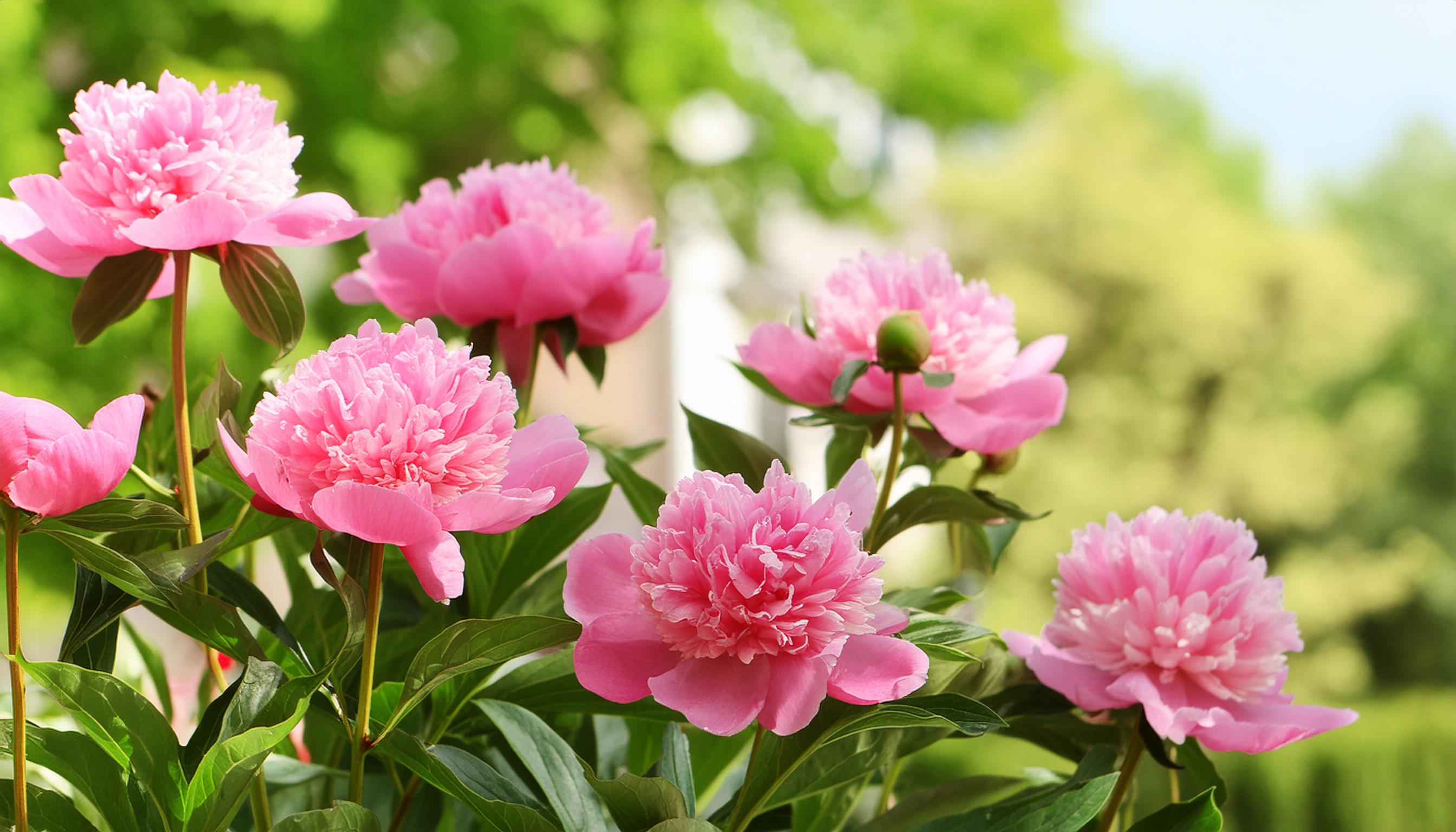
A Blooming Marvel: A Guide to Planting Peonies in Your Garden
By Estabrook's Staff
With their lush, extravagant blooms and captivating fragrance, Peonies are perennial favorites in the world of gardening. Planting these majestic flowers in your garden not only adds charm and elegance but also offers years of beauty with minimal maintenance. Whether you're a seasoned gardener or just starting out, here's a comprehensive guide on how to plant peonies and watch them flourish.
Selecting the Right Variety
Before diving into planting, it's essential to choose the right peony variety for your garden. There are three main types: herbaceous, tree, and intersectional peonies. Herbaceous peonies are the most common and thrive in temperate climates. Tree peonies have woody stems and enchant with their large, extravagant blooms. Intersectional peonies, also known as Itoh peonies, combine the best traits of herbaceous and tree peonies.
Choosing the Perfect Spot
Peonies will thrive in well-drained soil and full sun. Select a planting location that receives at least six hours of sunlight daily. Ensure the soil is rich, fertile, and slightly alkaline with a pH between 6.5 and 7.5. Peonies dislike soggy soil, so avoid areas prone to waterlogging. Additionally, make sure to provide ample space between plants to allow for proper air circulation to prevent diseases.
Preparing the Soil
Prepare the planting area by loosening the soil to a depth of 12 to 18 inches using a garden fork or tiller. Incorporate organic matter such as compost or well-aged manure to improve soil structure and fertility, and make sure to remove any weeds, rocks, or debris that may hinder root growth.
Planting Process
Peonies can be planted in early spring as soon as the ground is workable or in the fall. Begin by digging a hole approximately two feet wide and deep enough to accommodate the peony's root system (typically around two inches below the soil surface). Place the peony in the hole with the buds facing upwards. Ensure the buds are no more than two inches below the soil surface.
Backfilling and Watering
Gently backfill the hole with soil, ensuring it's firmly packed around the roots to eliminate air pockets. Water thoroughly to settle the soil and provide initial moisture to the plant. Avoid overwatering, as excessive moisture can lead to root rot. During the growing season, water the peonies regularly, especially during dry spells.
Mulching and Support
Apply a layer of organic mulch, such as shredded bark or compost, around the base of the plant to conserve moisture, suppress weeds, and regulate soil temperature. Keep the mulch a few inches away from the stems to prevent rot. Depending on the variety, peonies may require support to prevent the heavy blooms from drooping. Install peony rings or stakes early in the growing season to provide adequate support without damaging the plant.
Maintenance and Care
Peonies are relatively low-maintenance once established but benefit from occasional care to ensure healthy growth and prolific blooming. Fertilize peonies in early spring with a balanced fertilizer or compost. Deadhead spent blooms to encourage continuous flowering and prevent seed formation, which can divert energy from future blooms. In late fall, cut back the foliage to ground level and dispose of any diseased or damaged plant material to reduce overwintering pests and diseases.
Planting peonies in your garden is a rewarding endeavor that brings timeless beauty and charm to any landscape. By selecting the right variety, providing optimal growing conditions, and following proper planting techniques, you can enjoy the splendor of peonies year after year with minimal effort. So, roll up your sleeves, dig into the soil, and let the enchanting allure of peonies transform your garden into a blooming paradise!